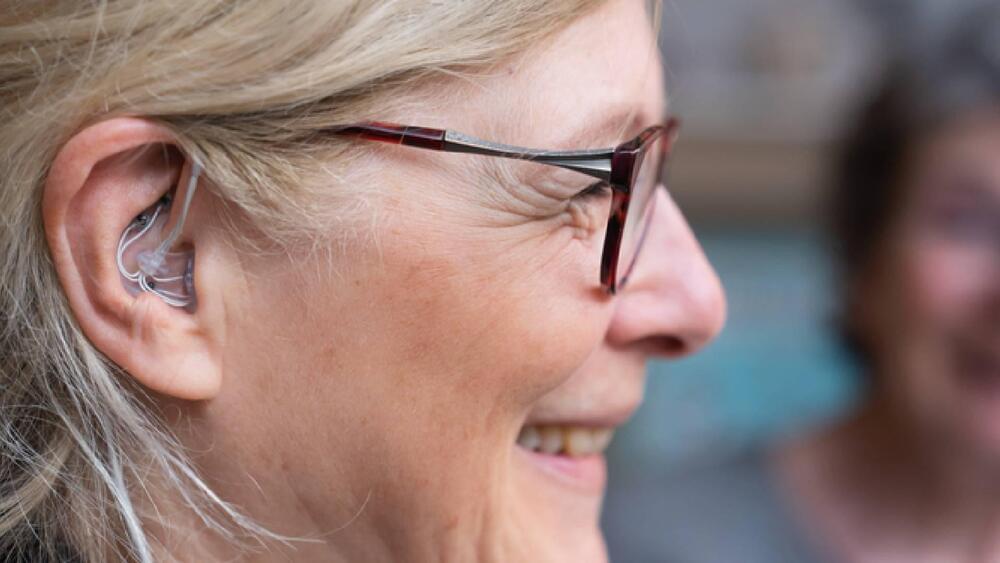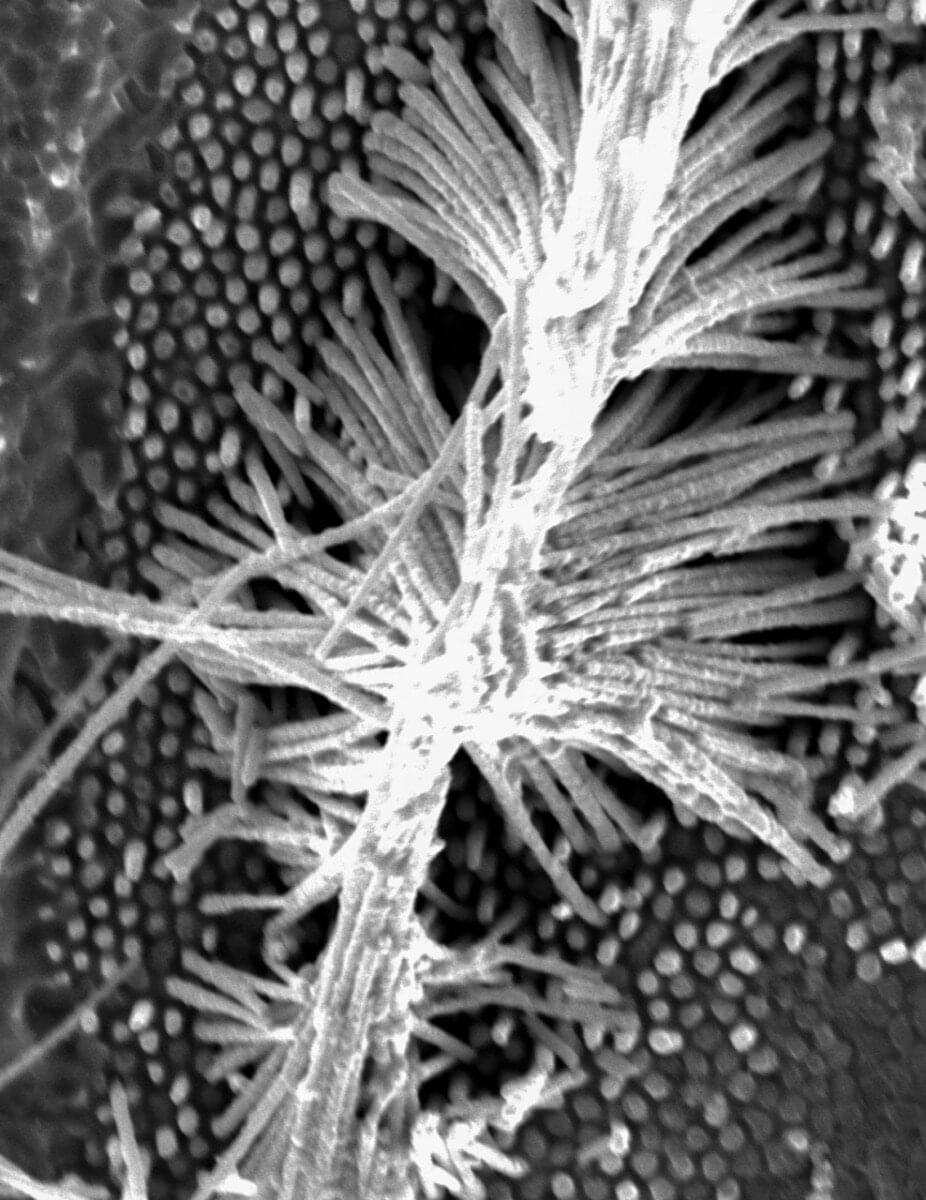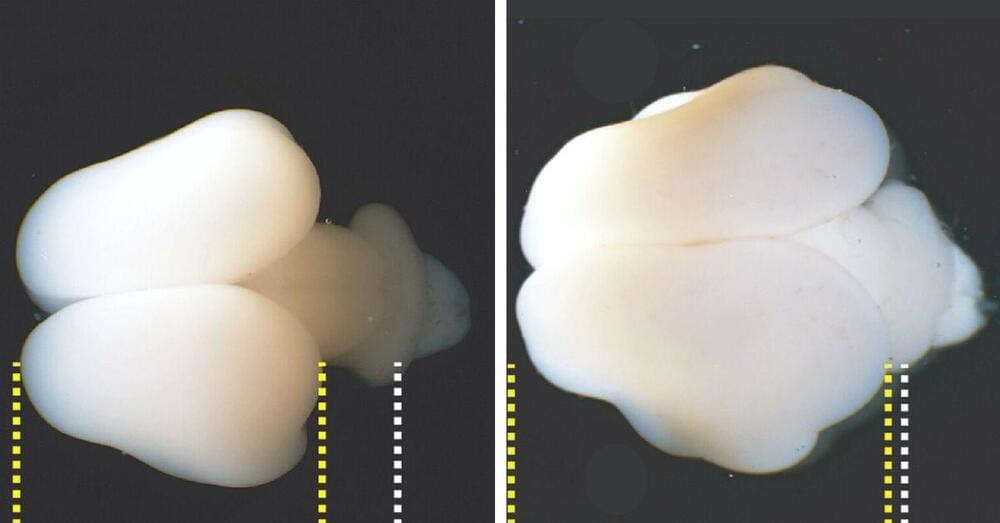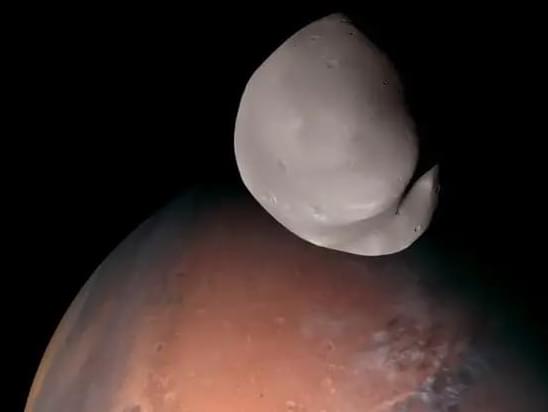The system helps to plug the gap when it comes to renewable energy sources.
As a solution to the unpredictable nature of renewable energy sources like solar and wind power, gravity batteries are being pitched as an ideal remedy. To further this cause, Swiss startup Energy Vault is now completing two such units, which are situated near Shanghai in China and Texas in the United States.
The basic idea behind a gravity battery system is to lift a heavy object, such as a large mass of concrete or a weight, on a pulley, using energy from a power source. When energy is needed, the thing can fall, and the potential energy is converted back into electricity.






